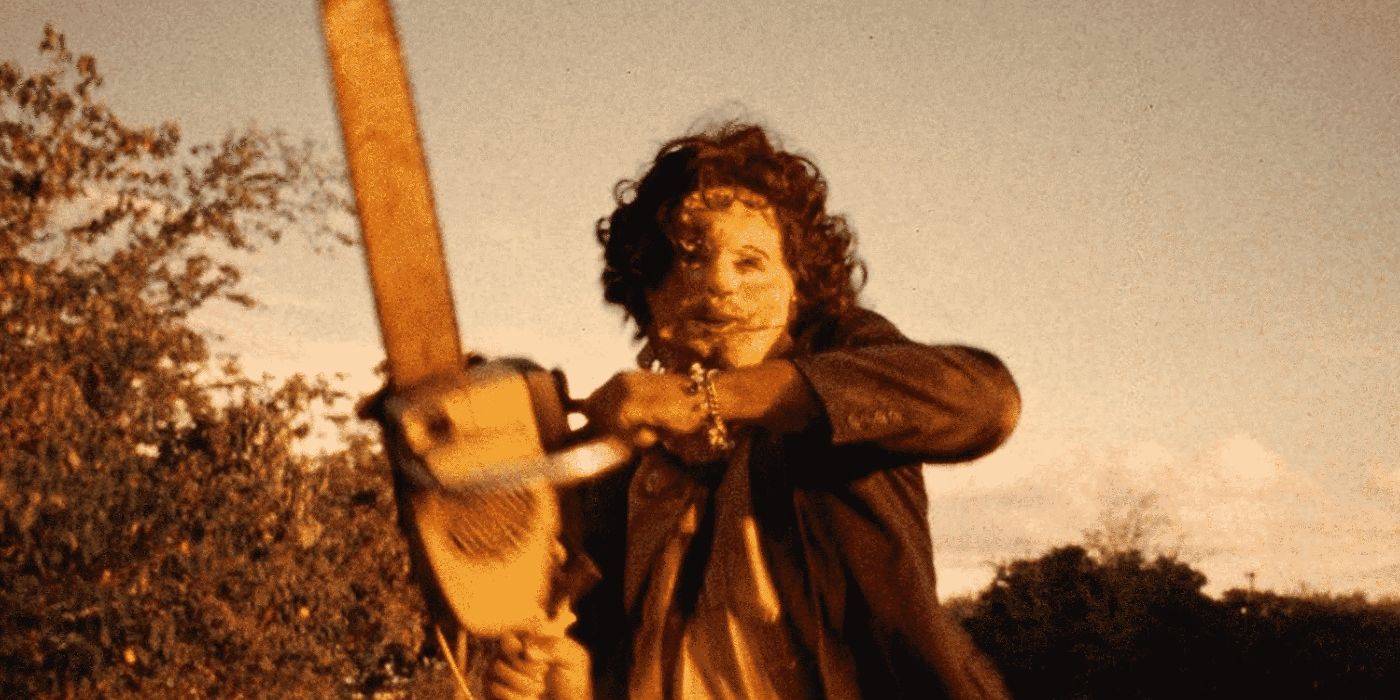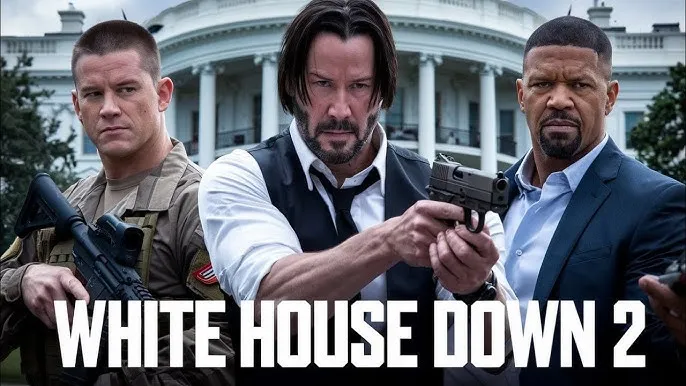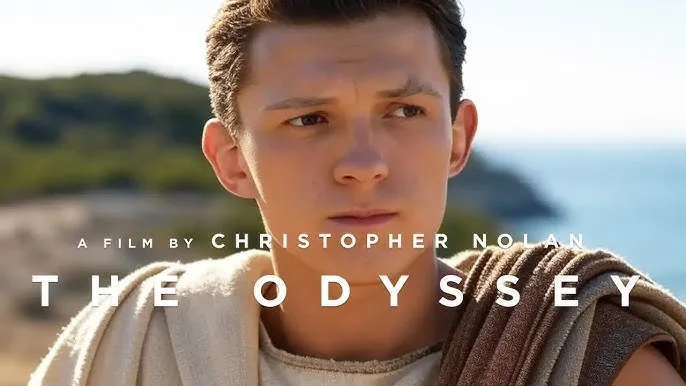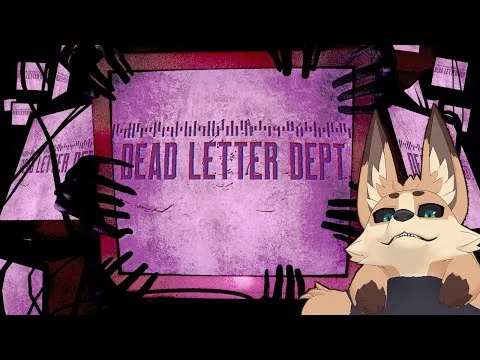“The Texas Chainsaw Massacre reminds us that sometimes the scariest places are found just off the highway.”
The Texas Chainsaw Massacre (1974) slashed its way into cinematic history as one of the most shocking and influential horror films ever made. Directed by Tobe Hooper on a shoestring budget, this grimy, relentless nightmare redefined the genre and left audiences trembling, unable to shake the roar of a chainsaw echoing through the Texas heat.
Set in the sun-scorched backroads of rural Texas, the film follows five young friends traveling to visit an old family homestead. Among them are siblings Sally (Marilyn Burns) and Franklin (Paul A. Partain). What begins as a carefree road trip spirals into terror when they stumble upon a seemingly abandoned house—and the monstrous family that resides within.

At the center of this horror stands Leatherface (Gunnar Hansen), a hulking figure wielding a chainsaw and hiding his disfigured face behind masks made of human skin. Leatherface doesn’t simply kill; he butchers with animalistic frenzy, turning human bodies into furniture, masks, and meat. The film’s violence, though less graphic than modern gore-fests, feels shockingly real thanks to Hooper’s raw, documentary-style filmmaking.
Despite its notoriety, The Texas Chainsaw Massacre isn’t just about blood. It taps into deeper fears: isolation, madness, and the lurking darkness behind seemingly ordinary facades. The film’s sun-bleached, oppressive atmosphere makes Texas itself feel like a character—a blistering, hostile wasteland trapping its victims.

Marilyn Burns delivers one of horror cinema’s most unforgettable performances, her relentless screams and desperate struggle embodying pure terror. The final scenes—Leatherface spinning wildly in the Texas sunrise, chainsaw roaring—remain burned into pop culture consciousness.
Nearly five decades later, The Texas Chainsaw Massacre remains a primal, visceral experience. It’s a film that rattles your nerves and lingers in the dark corners of your mind—a testament to how true horror isn’t always supernatural, but disturbingly human.

-1755052812-q80.webp)

